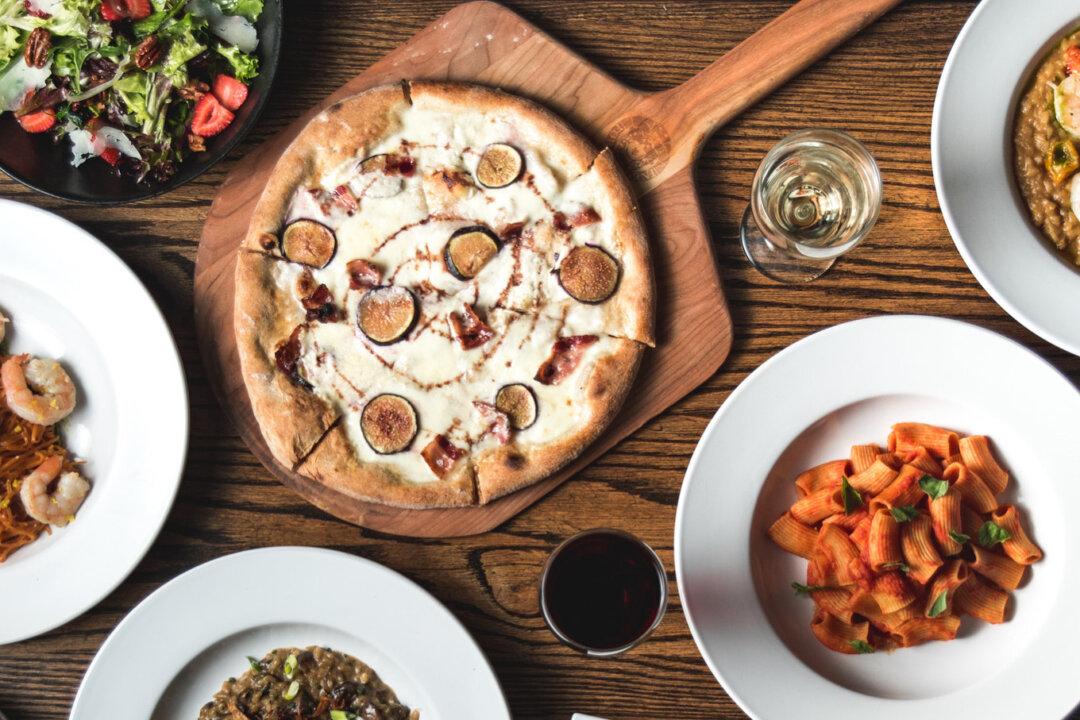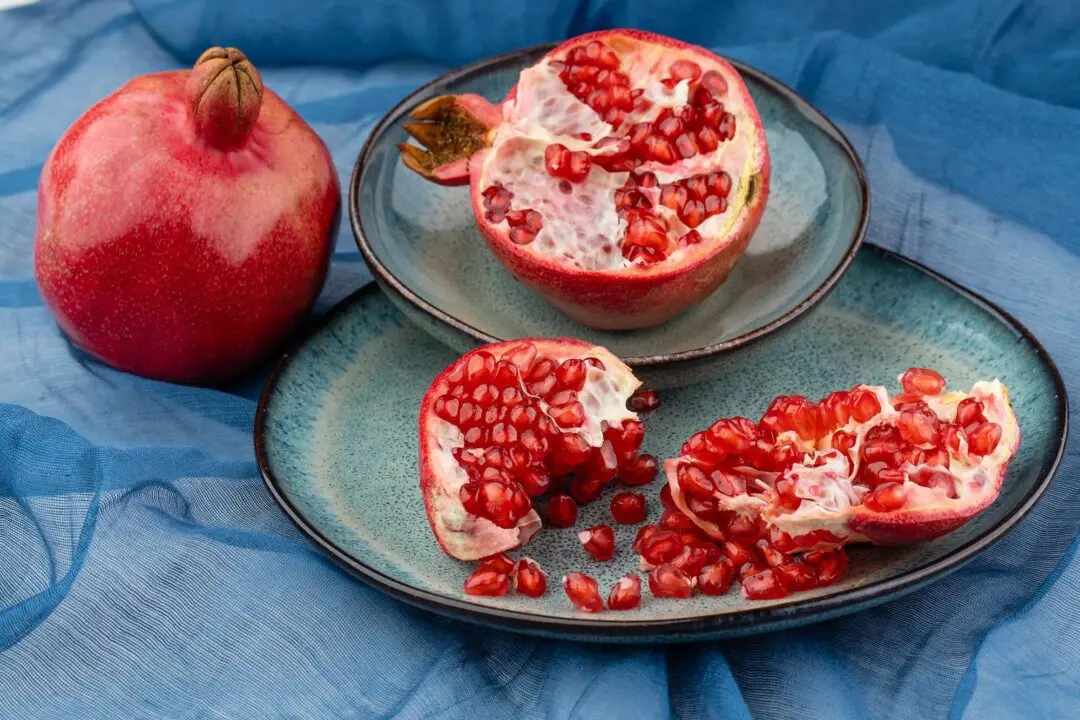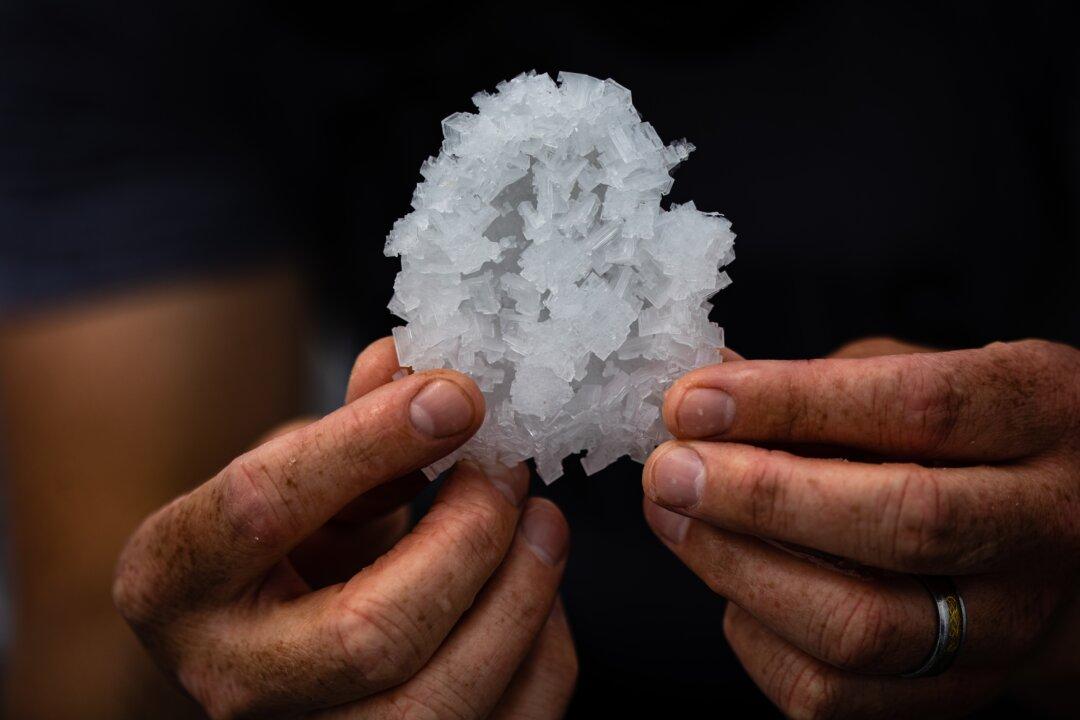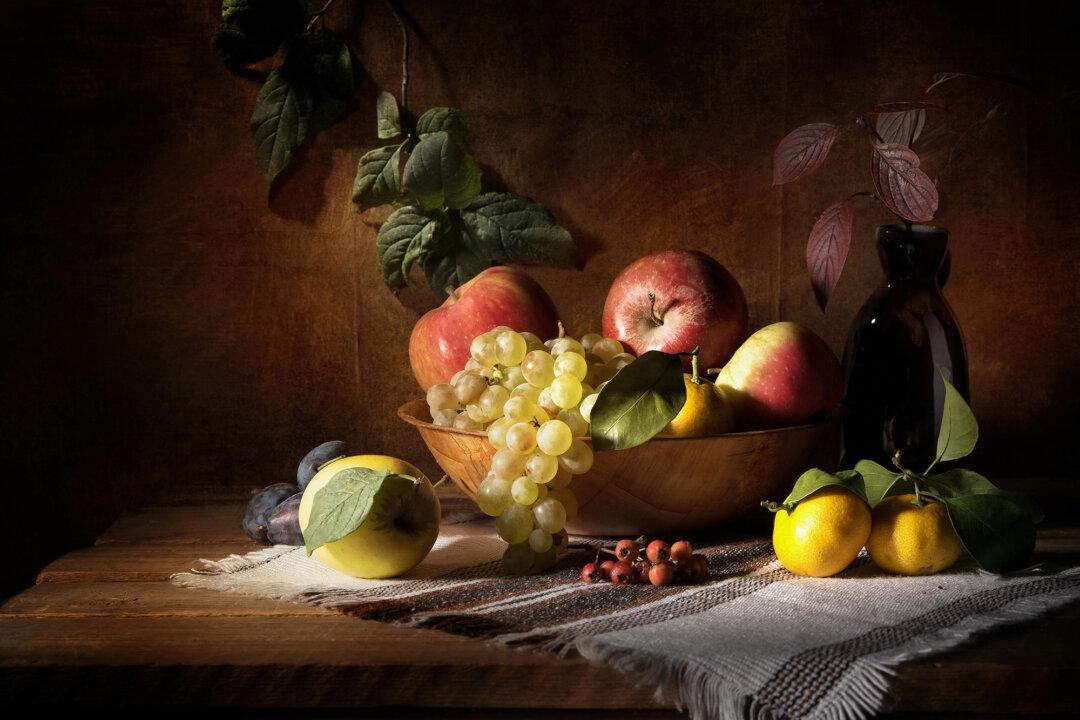Carlos Figueroa is focusing intently on what he says was once just an avocation—freshly made, small-batch tortillas using heirloom corn varieties that are centuries, perhaps even thousands of years old.
“I just wanted good corn tortillas, man,” said Figueroa, owner of Maiz Tucson, who began making tortillas by hand seven years ago. His day job was at a health research lab in this southern Arizona city, which is the home of the University of Arizona. Tucson is also America’s first City of Gastronomy, a UNESCO distinction that signifies the area’s devotion to its food heritage.





